There are three common sealing methods for slurry pumps: packing seal, impeller + packing seal, and mechanical seal.
There are three common sealing methods for slurry pumps: packing seal, impeller + packing seal, and mechanical seal.
There are three common sealing methods for slurry pumps: packing seal, impeller + packing seal, and mechanical seal.
Let’s analyze the advantages and disadvantages of these three sealing methods:
- Packing seal: This is the most common sealing method. It consists of packing material (usually four pieces) in the shaft seal, along with accessories such as a water seal ring, packing box, and locating sleeve. The packing seal prevents slurry from leaking out of the pump chamber by introducing sealing water with a certain pressure and flow into the gap between the packing and the shaft sleeve. The advantages of this sealing method are durability and low replacement cost. However, it requires high-pressure sealing water (pressure higher than 0.2-0.3 MPa compared to the outlet pressure of the pump), and there may be some leakage during pump operation.
- Impeller + packing seal: This is another commonly used sealing method for slurry pumps. It consists of an impeller and two pieces of packing material. The impeller generates pressure synchronized with the main impeller to prevent slurry leakage. This sealing method can be used with sealing water connected to the shaft seal pipe, or with grease added in an oil cup. If it is inconvenient to add sealing water at the site, grease can be used in the sealing area. However, this sealing method must be installed with reverse flow. It can only be used for slurry transport with a weight concentration not exceeding 15%. The positive pressure at the pump inlet should not exceed 10% of the outlet pressure; otherwise, the gas-liquid separation surface cannot be formed, leading to ineffective sealing. The advantages of this sealing method are similar to the packing seal, with durability, low replacement cost, and no need for high-pressure sealing water. The disadvantages are limitations on working conditions (cannot be used for concentrations greater than 15%) and potential leakage during pump shutdown.
- Mechanical seal: Mechanical seals are commonly used in applications with higher sealing requirements. They can achieve complete leakage prevention. A mechanical seal consists of a mechanical seal, seal box, and seal sleeve. There are three types of mechanical seals: external flush mechanical seal, internal flush mechanical seal, and non-flush mechanical seal. The external flush mechanical seal requires flushing water, usually clean water, with specific pressure and flow requirements. It has two water seal pipes, one for flushing water supply and the other for draining the water after it circulates inside the seal. The internal flush mechanical seal uses only one water seal pipe, which directly introduces flushing water into the pump chamber and is discharged along with the slurry. The non-flush mechanical seal relies on the slurry itself for cooling, so no flushing water is required. The advantages of this sealing method are cleanliness without leakage. However, it cannot tolerate dry running, as dry running can quickly damage the mechanical seal, resulting in higher replacement costs.
These are the three common sealing methods for slurry pumps and their respective advantages and disadvantages. I hope this information is helpful.

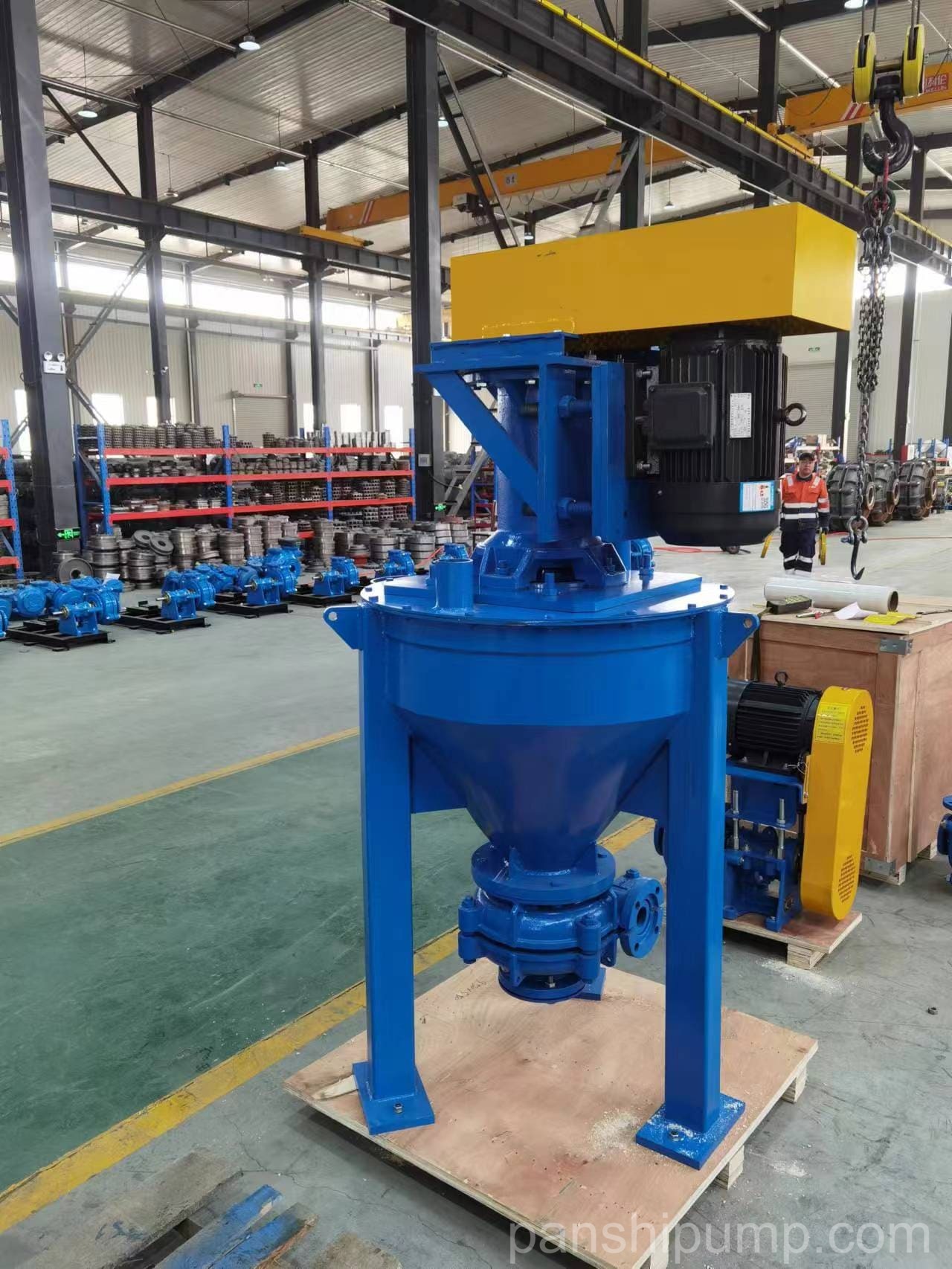
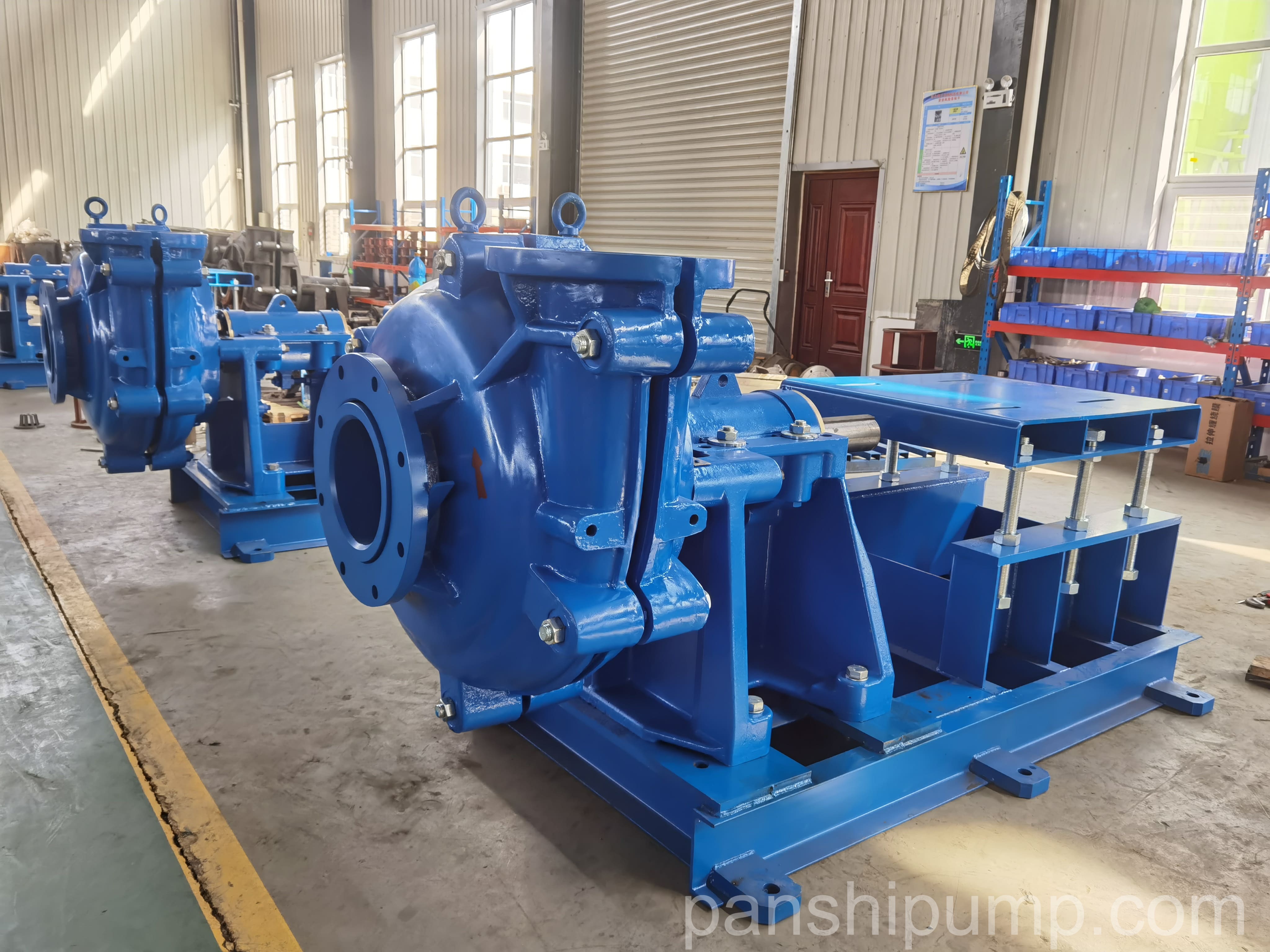
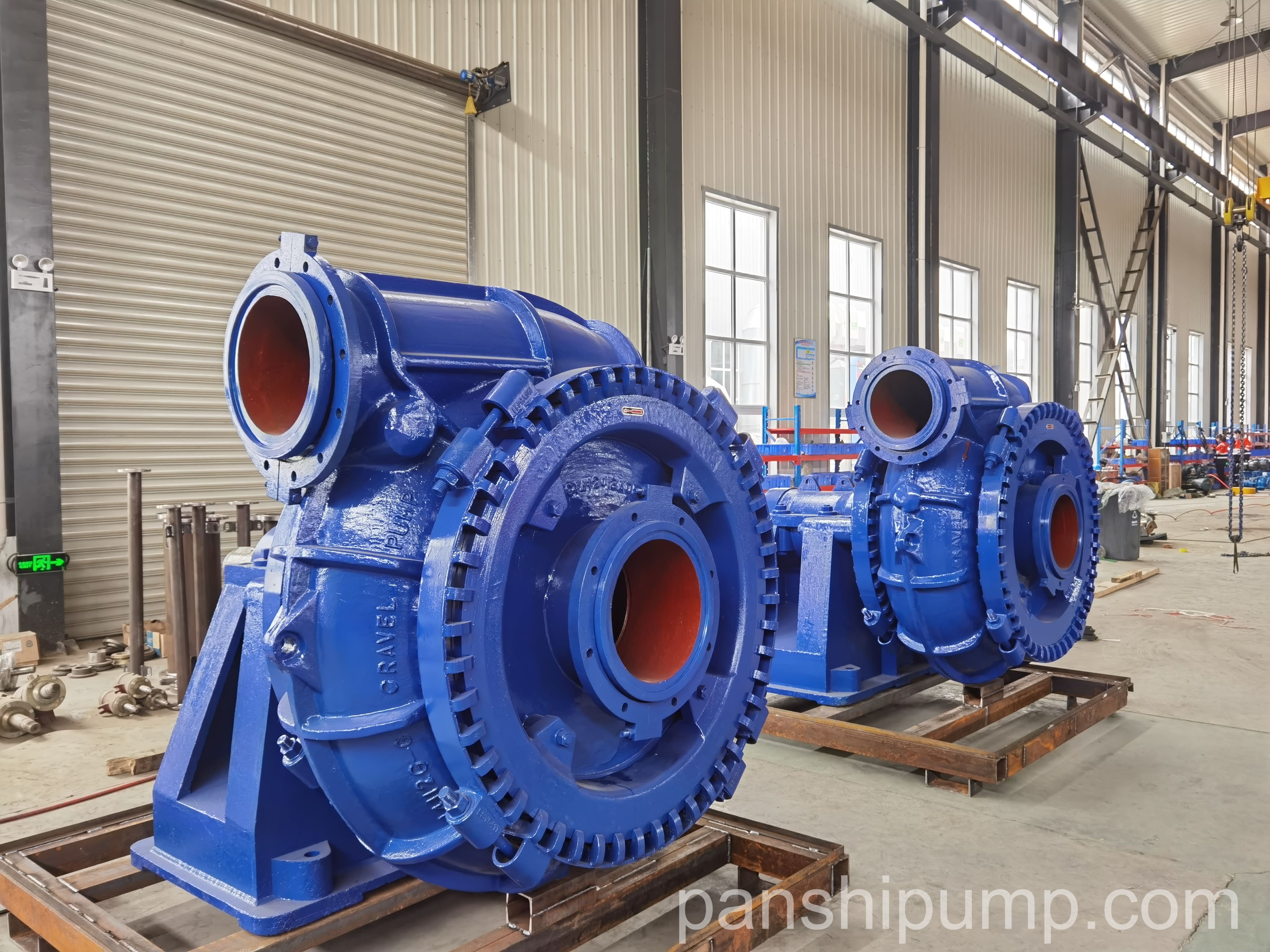
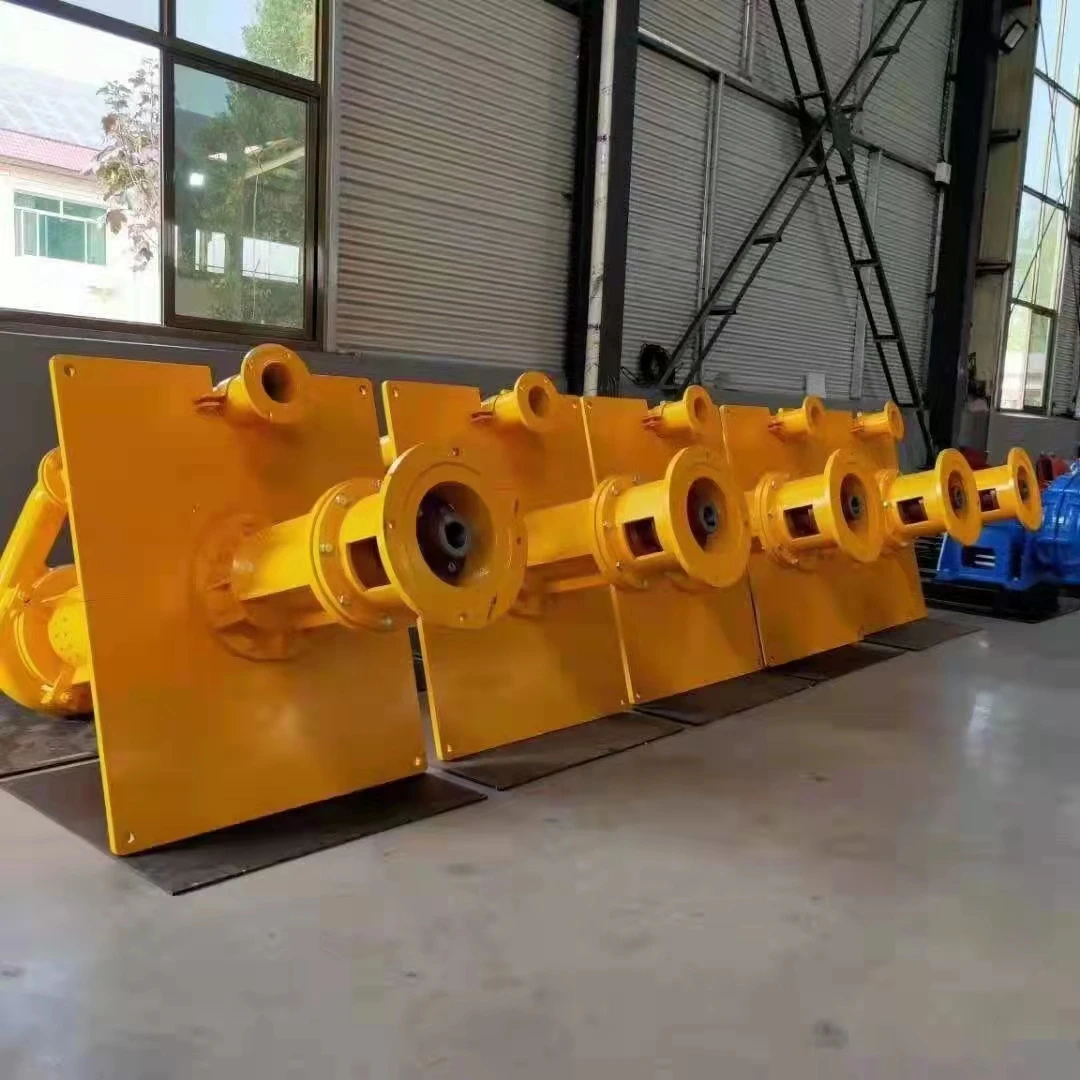
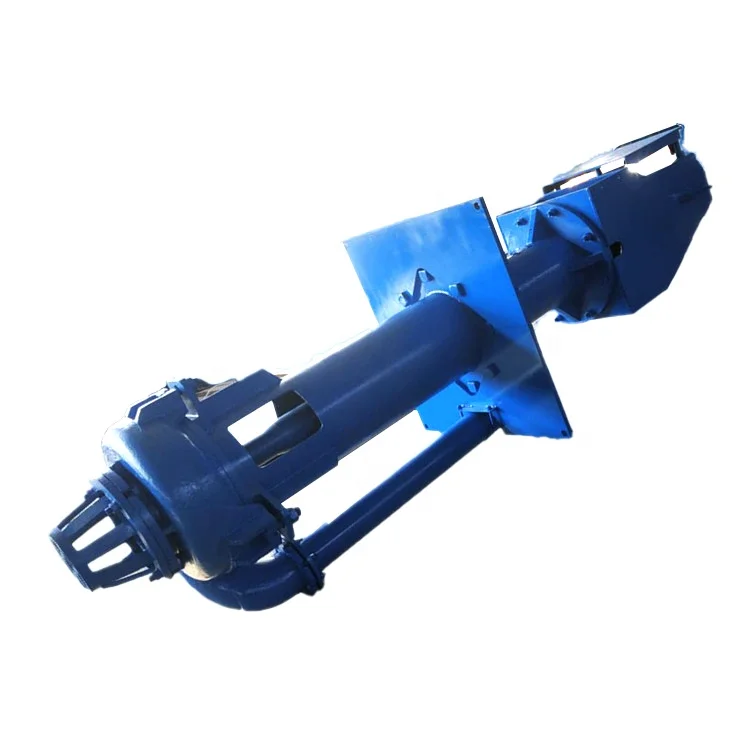
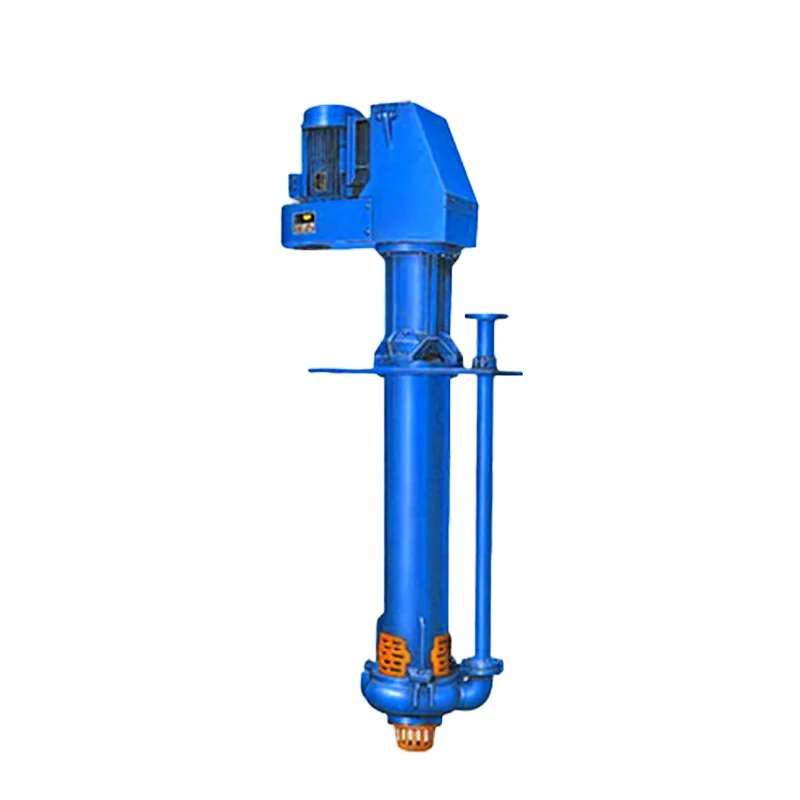
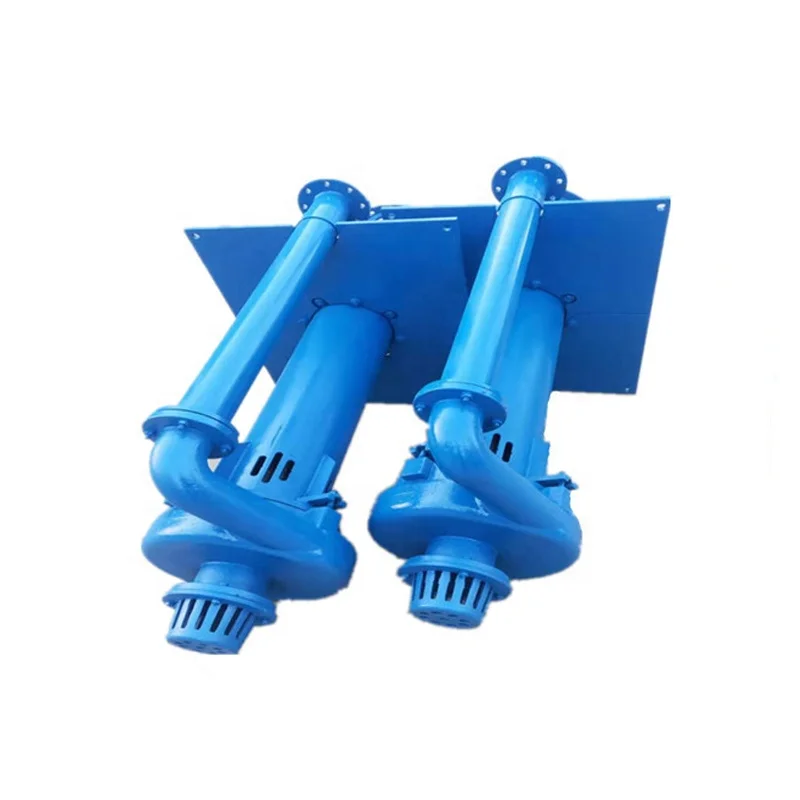
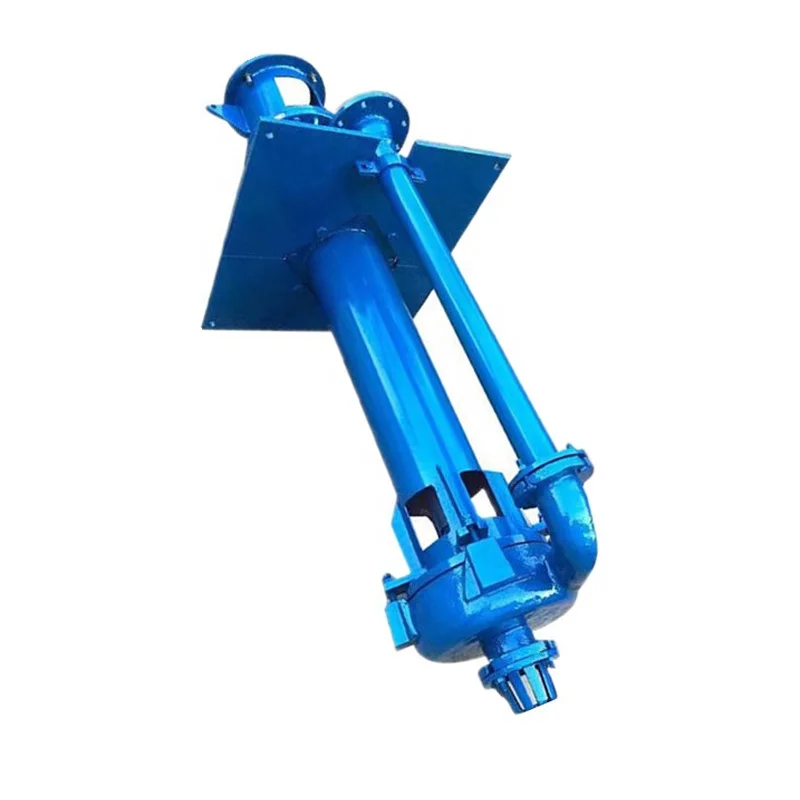
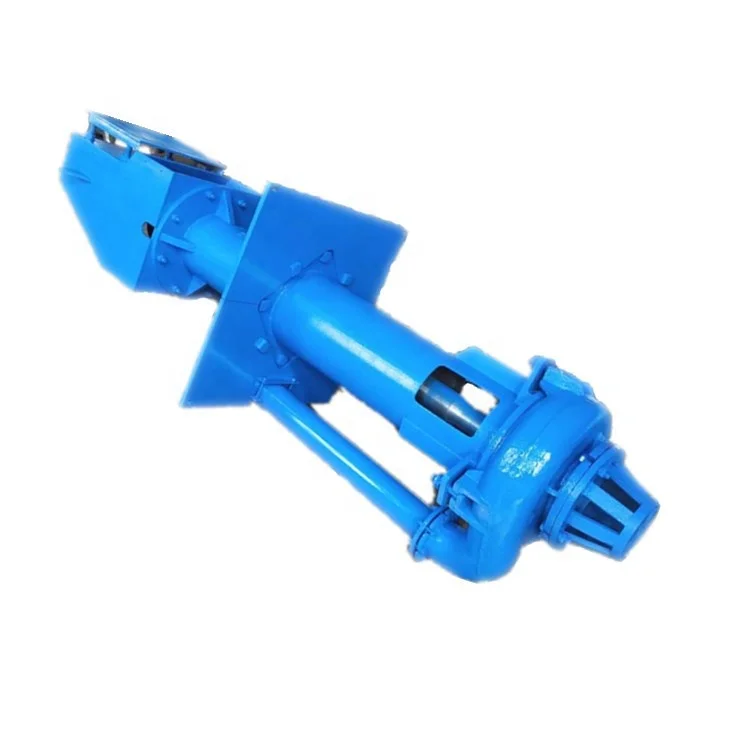
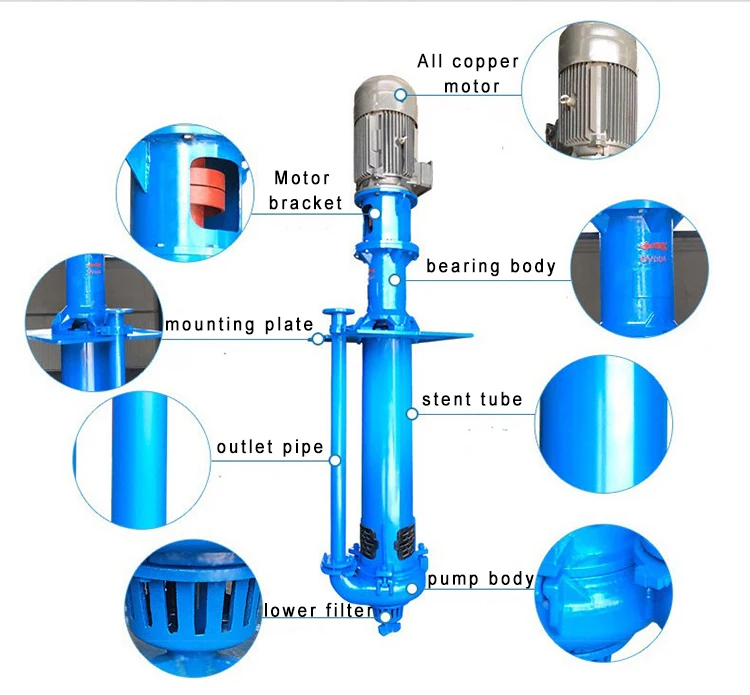
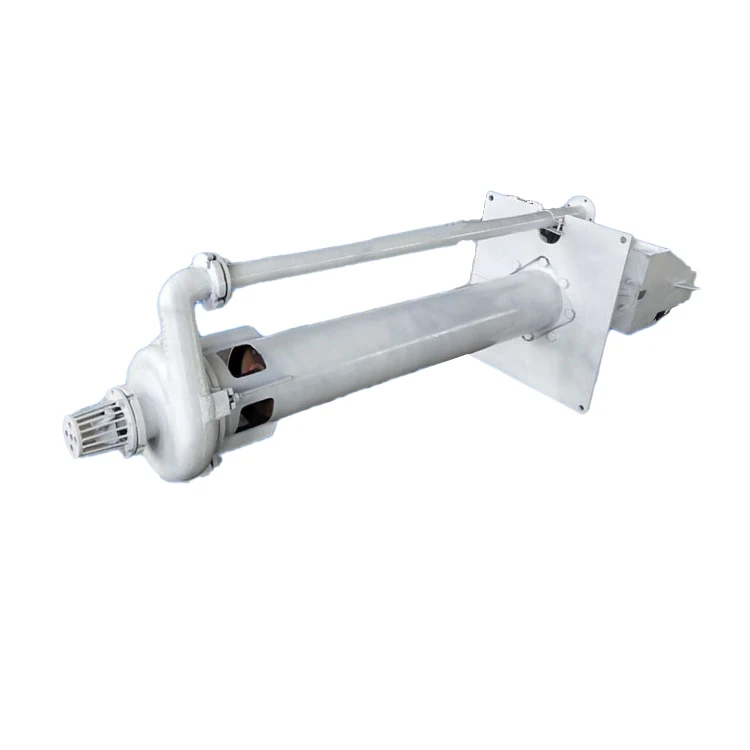
Please login to write a comment after